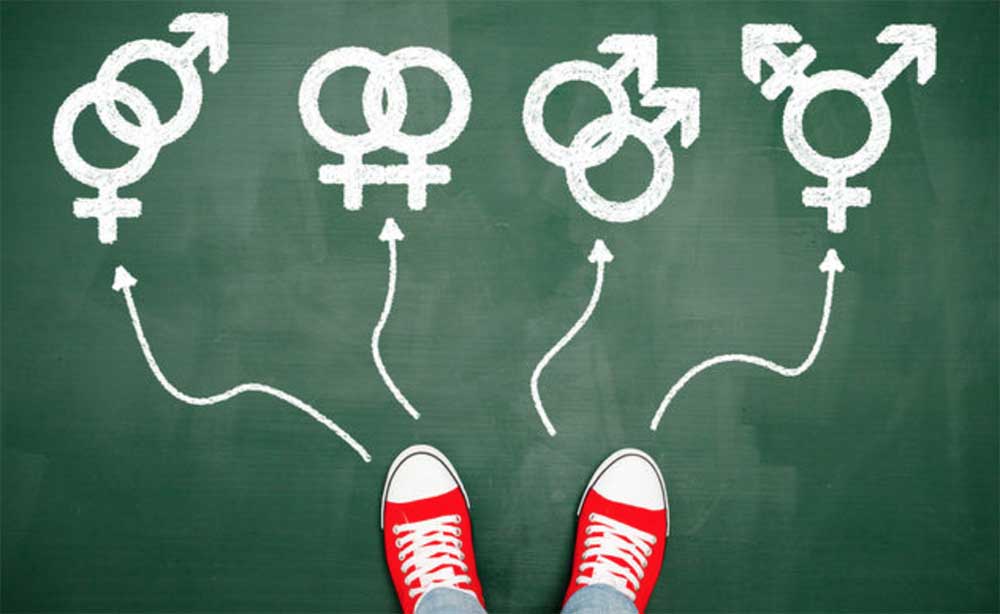Why Australia needs the safe schools program
By LJ Donnelly
In Year 9 PDHPE class during sex education, my friends and I asked our teacher who was rumoured to be a lesbian, “how do you and your girlfriend have sex, miss?”. She embarrassingly replied, “That’s not for here”, swiftly moving on to discuss the fascinating journey of sperm to egg.
Warranted, we could have went about this with a lot more sensitivity – we had a great relationship with our teacher so we all lightly laughed it off – but it’s an event that’s played on my mind for the guts of the last decade, and for a few reasons.
One is that, why did we feel it was appropriate to ask such a personal question in the context of sex-ed? We wouldn’t have dared ask any of the heterosexual male PDHPE teachers how they had sex with their wives. Is it because she was female? Were we unconsciously shaming her, yet to understand that women are able to be agents of their own sexuality too? Rather, yet to be taught that?
Or was it because it was taboo, something that we knew we wouldn’t be discussing as part of our heteronormative, private-catholic curriculum? Were we kids just being kids?
Or, worse still, was it because we thought it was humiliating to be gay, and by calling her out on it as if to say, “we know about it”, we were attempting to publicly humiliate her, disguised as “having a joke”?
I’ve always wondered how that conversation would have gone had she felt supported to talk about non-heterosexual intimacy. Not to delve into personal experience, of course, but to see it as a call to discuss diversity, to highlight that there are many different levels of intimacy and not just ‘Man puts penis in vagina. The end’. Consciously or unconsciously, whether we care to admit/accept it or not, young people are questioning attraction and exploring sexuality long before this age, during this age, and throughout the rest of their lives. If it’s something that our educators don’t feel they have to shy away from then I believe we will possess and encounter a lot more emotional intelligence as we develop in our adult relationships.
I’ve also wondered whether the conversation would have gone differently had my school actually acknowledged that our little country NSW classrooms were teeming with fabulous gays! It wasn’t unheard of –some boys and girls from my year and others were ‘out’ –so it was just as relevant then as it is now. I’ve often wondered how my own experience with understanding sexual fluidity would have been different had the conversation been weighted of equal importance to understanding the functions of male genitalia.
If the conversation “wasn’t for there”, when is that conversation for? Private, late-night Internet sprawls? After we’ve all had our suitable introductions to biological reproduction, or our fair share of experiences of heterosexual activity?
This is just one example of many ways that inequality manifests itself in our education system; why so many young people grapple with understanding their identity, growing up taught to “find out about that stuff some other way”.
This is why teachers need the Safe Schools program. It’s why they have asked for it, and it’s why it’s working. Because when we have open, inclusive and mature discussions in trusted, supportive environments such as our schools, we change the conversation. We talk about diversity, we understand our differences, and we acknowledge and accept one another because of them. It is not rocket science, it is not inappropriate, it is not part of any agenda. It is equality, and it is important.

